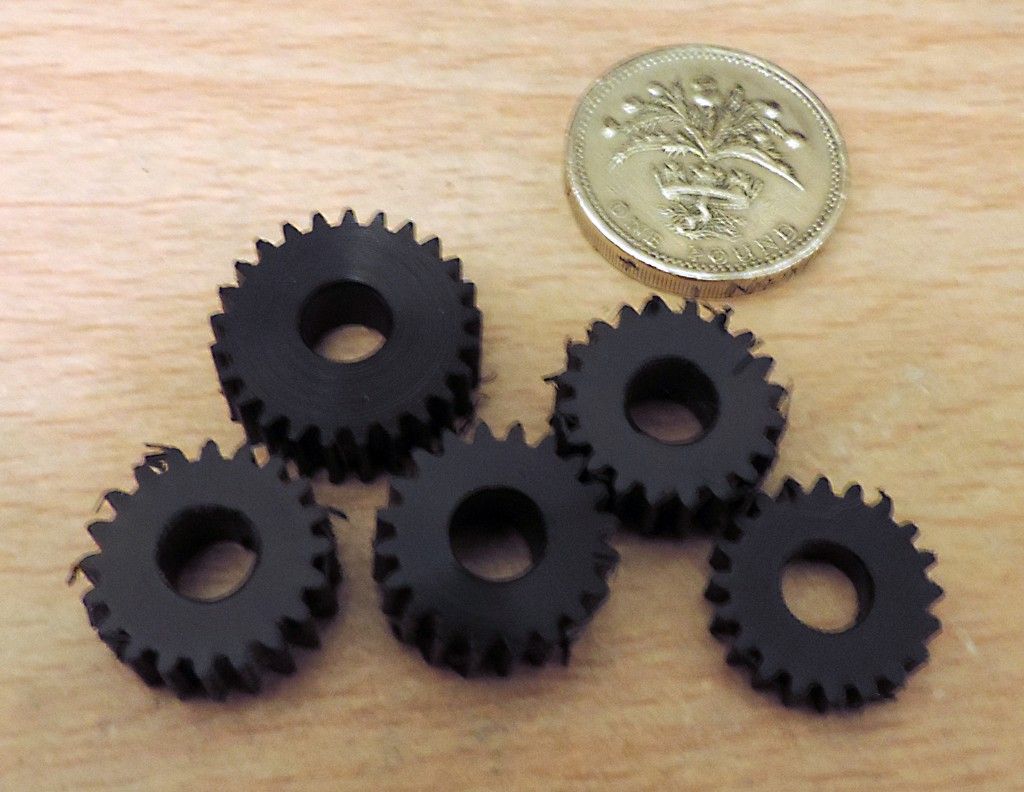Hello chaps,
Sorry, a bit late finding this thread which I am finding very interesting.
Sir John; although I have enormous respect for you and your achievements, I do feel that you are a little harsh over your comments about the bottom of the market lathes produced between the wars.
These lathes were produced at a price, like the modern Chinese lathes, to supply an enormous need by demobbed servicemen who had been taught a little engineering and wanted to do something with it upon their return home with a meagre pocket. This magazine (at least Model Engineer) has survived through also catering to that need.
I think that the criticisms laid at the modern versions is the electrics and the fallibility of drive lines but these have upgrades listed in every model engineering reference. However much crap you feel we produced there has to be something said about how many are still in existence, and how many people started their model engineering on second hand models, while starting out with buying houses, raising families etc. before moving to higher priced/higher quality machines.
I realise that you will say that so many still exist because they were not used enough to wear out, and this is undoubtedly true to an extent, but at least it gave those who wanted to try their hand at the hobby the chance without investing their lifeblood into it. A lot of these lathes were bought by apprentices (remember them?), and you can't get much lower on the pay scale than that, particularly in the 50s.
I am all for the KISS principle, as a rank amateur can learn at his own pace, like I have with my old Drummonds – yes, I know they are not in quite the same league, but my great grandfather's B is now 101 years old. He was an engineer on the Southwold Railway so you can imagine that his lathe got used in earnest, and with a treadle.
I have got a Super Adept and it really needs a lot of tlc to get it to work accurately, but it can be done, as Neil's thread is showing. There is also a slightly different skill set to be learned to use these smaller lathes, and isn't that one of the reasons for it being a hobby? We all know of the apprentice's first job to file a block square; there is a lot to be said for it, firstly, patience and fortitude. Most people now just want to go straight in and use a vertical milling machine and why?
It would seem that we have reversed the old trend – we are now wealthy but have no time; earlier hobby engineers had no money but more time. Obviously our machines are now produced with this in mind. There is no right or wrong to it; it is that the machines produced reflect this, but at least both previous and current starters in the hobby have the means to make a start.
Just my opinion,
Andy
Saskatoon Model Engineering Society.






